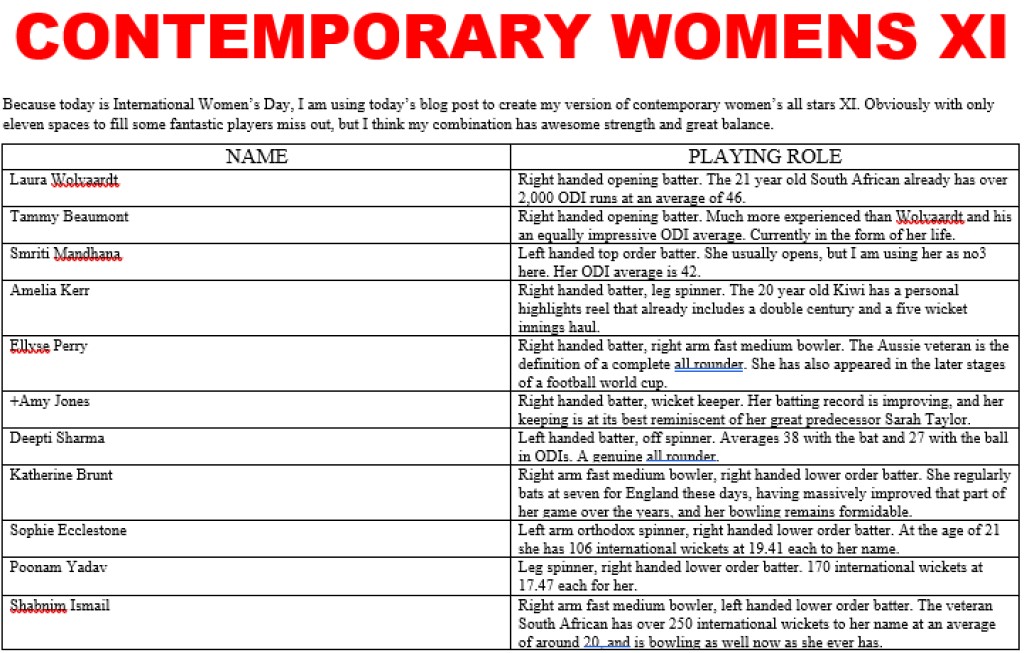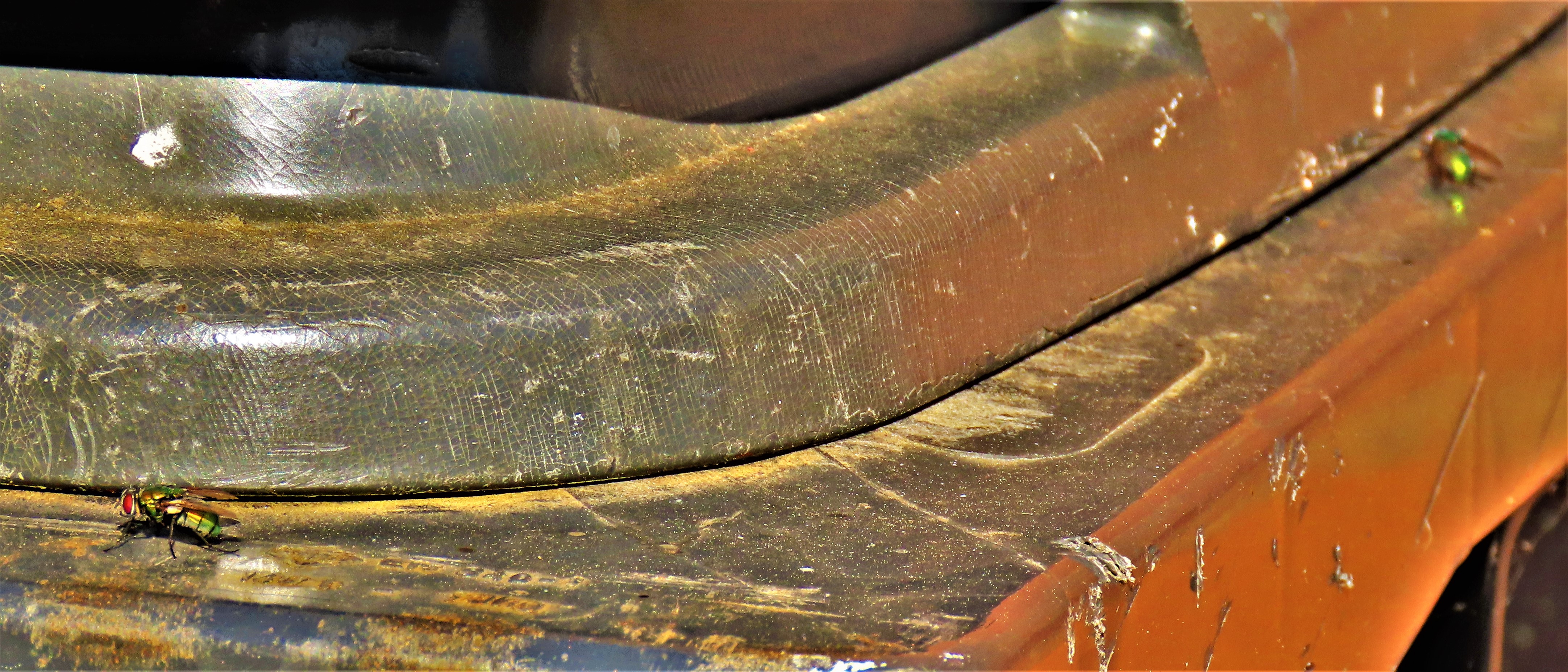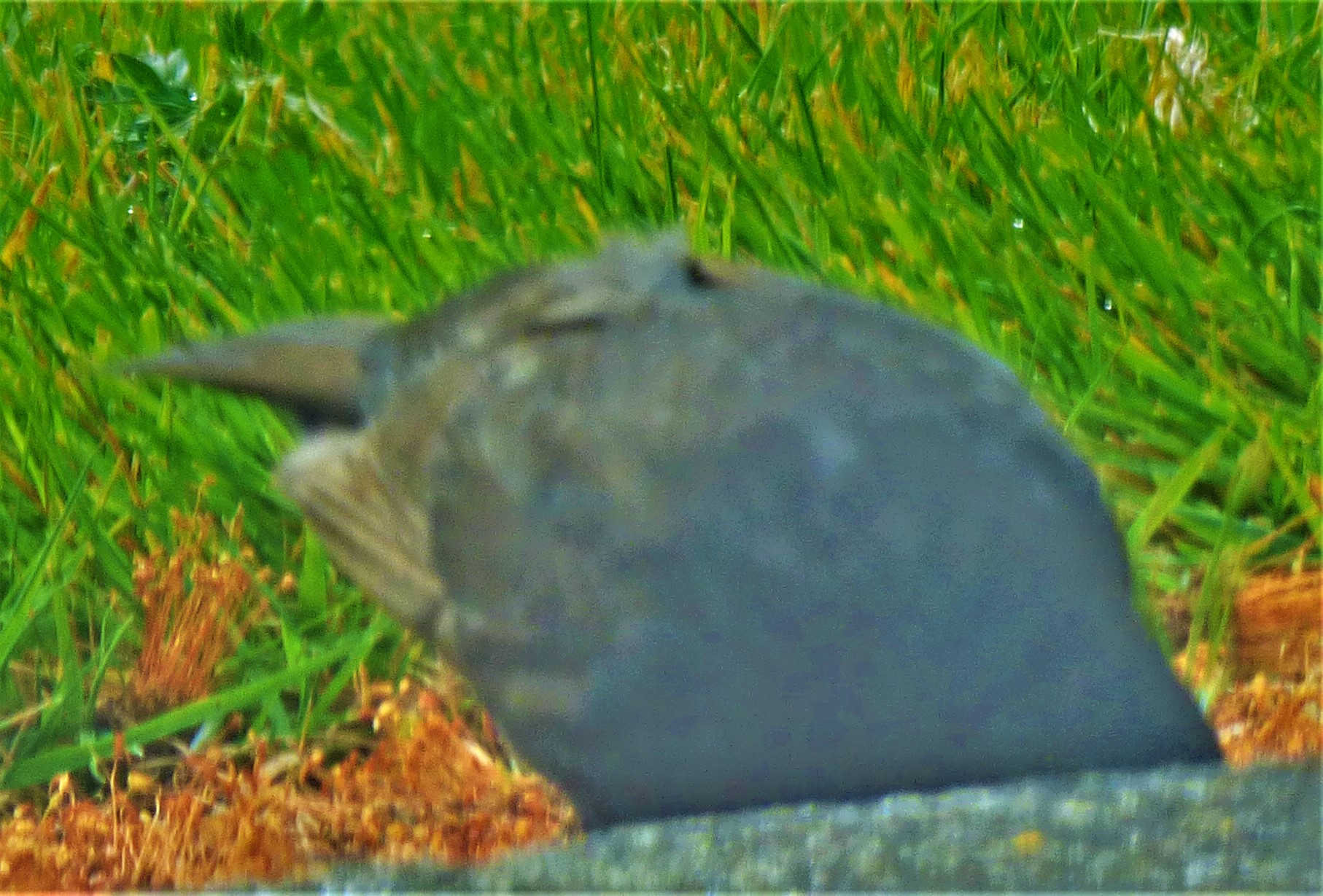This post looks at the ongoing Women’s Ashes series in Australia, and especially at the test match in Canberra that concluded with an extraordinary closing session at just after 7:30AM UK time this morning. Before going on to the match and associated issues I need to set the scene with…
THE WOMEN’S ASHES:
AN OVERVIEW
Unlike the Men’s Ashes, which is purely about test matches the Women’s Ashes as currently constituted is a multi-format series: Three T20Is, One test match and Three ODIs. The limited overs games are worth two points each, the test match four points. Australia are the current holders, which means that England need to win the series outright to reclaim them – a drawn series would see Australia retain.
THE STORY SO FAR
It has been uncharacteristically rainy in Australia while this series has on (not one, but two matches in the driest of all Australian cities, Adelaide, adversely affected by rain). Australia won the only one of the T20Is to have enough play to get a definite result, which took them into the test match with a four points to two lead in the series. Thus, a win for them in the test would ensure that they retained the Women’s Ashes, while a draw or an England win would keep the series alive.
A GREAT TEST MATCH
The women play scandalously little test cricket (more on this theme later), to the extent that Katherine Brunt, the most experienced player on either side, who made her test debut in 2005 was playing just her 14th test match in all.
England won the toss and decided to bowl, a decision that looked good early on when three Australian wickets, including the prize scalp of Ellyse Perry, fell quickly, but four Australians topped the 50 mark, two coming close to centuries but falling just short. Katherine Brunt bowled with immense fire and passion, and when Australia declared at 337-9 she had figures of 5-60.
England’s response began atrociously, and although skipper Heather Knight batted with great courage and determination support for her was sadly lacking. At low water mark the score was 169-8, when Sophie Ecclestone the left arm spinner joined her at the crease. Ecclestone resisted bravely, batting a long time in support of her captain and contributing 34 to a stand that ended up worth precisely 100. Kate Cross, the number eleven, helped a further 28 to accrue for the last wicket, meaning that England were 40 behind on first innings. Knight had scored 168 not out by the end of the innings, the second highest ever women’s test score against Australia, 11 short of the 179 that Rachael Heyhoe-Flint scored at The Oval back in the 1970s.
England bowled pretty well again, with Katherine Brunt claiming a further three wickets, in the process becoming the first woman to record 50+ wickets in all three international formats. Australia declared a second time, at 216-7, challenging England to get 257 from 48 overs for the win. To their full credit England responded in kind and went for the runs. Both openers got into the 30s this time, Knight added 48 more runs to her first innings heroics, Natalie Sciver scored a half century, and a lightning quick 45 from Sophia Dunkley, including successive sixes off Annabel Sutherland put England ahead of the rate. Sadly these players all got out before the job was done, and the middle and lower order panicked in the closing stages. There were two overs left when the ninth wicket fell and Kate Cross joined Sophie Ecclestone. Cross saw out the first of these overs, bravely taking a single off the final ball to accept responsibility for seeing the final over out as well, rather than put the pressure on the much younger Ecclestone. Alana King on test debut accepted responsibility for bowling the make or break over (did I mention that the women play scandalously little test cricket?). Cross saw out the first five balls with varying degrees of assurance, and King at the last bowled a rare poor ball to bring the match to an end. England in the end had scored 244-9 in the chase, finishing 12 runs adrift with one wicket standing in a draw that, drab sounding result notwithstanding, has to go down as one of the great test matches played by players of either sex, fit to stand alongside Manchester 2005 or Lord’s 1963 to name just two other draws that remained live right up until the final ball.
There could of course be only one candidate for Player of the Match – one of the greatest test innings ever played, a major contribution in the second innings and her captaincy made Heather Knight quite simply the only choice, and it was confirmed within a few minutes of the last ball being bowled.
WOMEN’S TEST CRICKET
This match, the two matches India Women have recently played (one in England and on in Australia) have made two things very clear. Firstly women’s tests need to be five days, just like men’s tests are – four days are only enough for a result if there is some artifice used, like Australia’s two declarations in this match. Secondly, there need to be far more women’s test matches. I like the multi-format series, but would alter the balance, lengthening it so that there could be at least three test matches and maybe even five (I do not like even numbers of test matches in a series, though I could live with four) in that portion of the series. India playing a couple of recent test matches is a step in the right direction, but only a baby one. Test matches (and more than one at a time) should be part of many more women’s series than they are.
A CURRENT WORLD WOMEN’S TEST XI
Given how little test cricket is played this exercise is quite a challenge, and one of my picks is I admit a cheat, but hope that my justification gets me the blog equivalent of ‘jury nullification’ and a ‘not guilty’ verdict:
- Smriti Mandhana (left handed opening batter, India). Wonderful to watch, and as her 127 not out against Australia in Australia shows, she knows how to go big.
- Laura Wolvaardt (right handed opening batter, South Africa). She has yet to play test cricket, but everything about her play suggests that she would be a star in the format, so I am cheating and picking her for this XI on a hunch.
- *Heather Knight (right handed batter, occasional off spinner, captain). Her performance in this match speaks for itself, and her 168 not out was her second 150+ score in just nine test appearances.
- Meg Lanning (right handed batter, vice captain). The Australian skipper has a great record, and for me has to play.
- Ellyse Perry (right handed batter, right arm fast medium bowler). Though by her own mighty standards this was a very ordinary match for her she has an amazing overall test record, and has to be in the team.
- +Amy Jones (right handed batter, wicket keeper). The best keeper on the planet and a fine middle order batter.
- Natalie Sciver (right handed batter, right arm medium fast bowler). A must pick for me, and with Lanning and Perry occupying, as they have to places higher in the order she gets the conventional all rounders slot.
- Sneh Rana (off spinner, right handed batter). The Indian off spinning all rounder had a fine game against England in India, bowling well and helping her side to save the match with the bat.
- Katherine Brunt (right arm fast medium bowler, right handed batter). One of the all time greats of the game, eight wickets in the match this time round to demonstrate her enduring brilliance.
- Sophie Ecclestone (left arm orthodox spinner, left handed batter). Manuka Oval had little to offer her, but she is undoubtedly the best female spinner in the world at the moment and has to be in the side.
- Darcie Brown (right arm fast bowler, right handed lower order batter). The fastest bowler in the side, selected for that reason. She caused problems in both innings of the match just concluded.
This XI has great batting depth, and a dazzling range of bowling options (the all round skills of Perry and Sciver enable the luxury of a having four genuine seam options and two front line spinners, an attack that can be manipulated to suit all conditions.
PHOTOGRAPHY
As usual I end this post with some of my recent photographs…



















































































































































